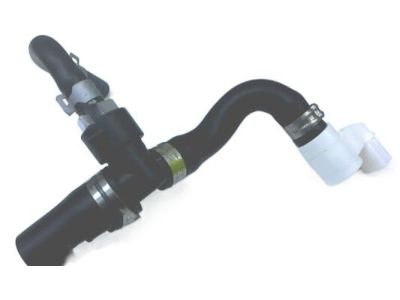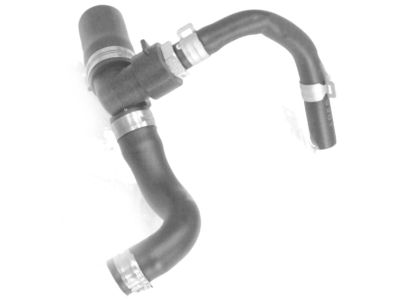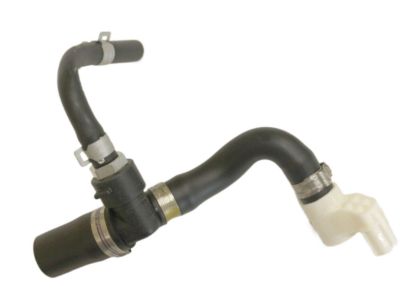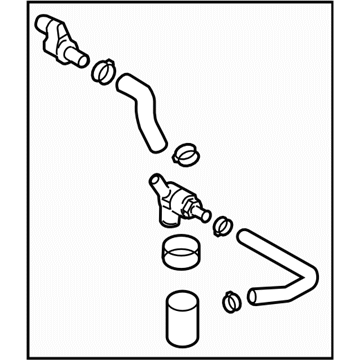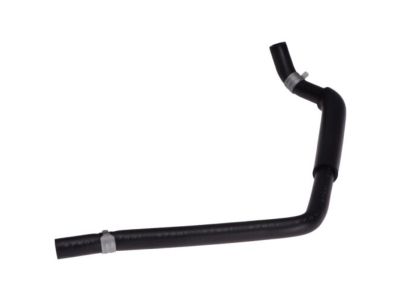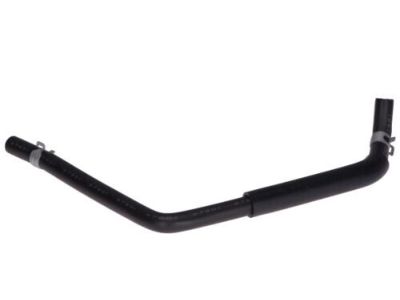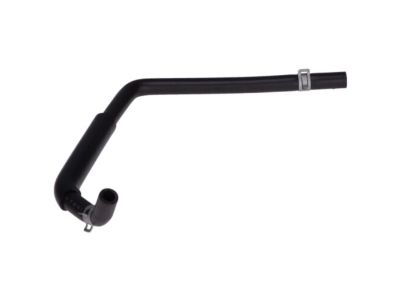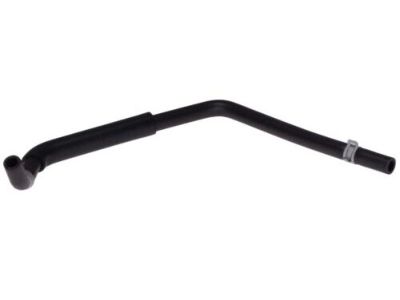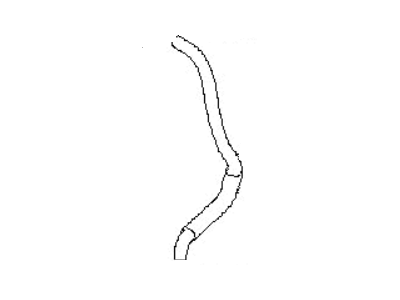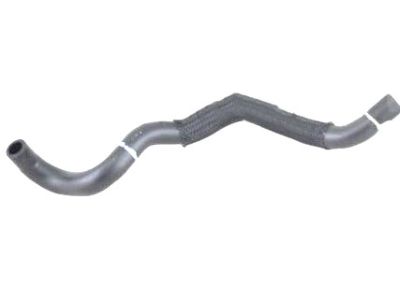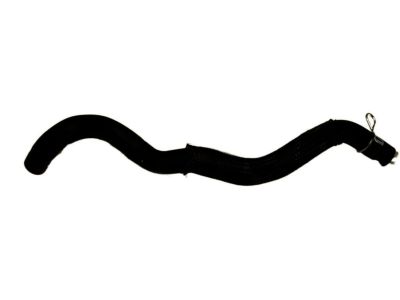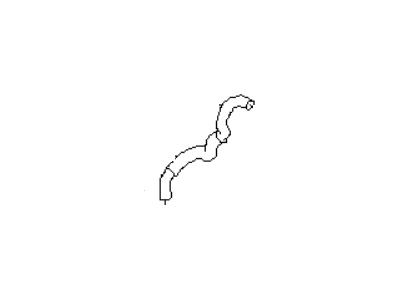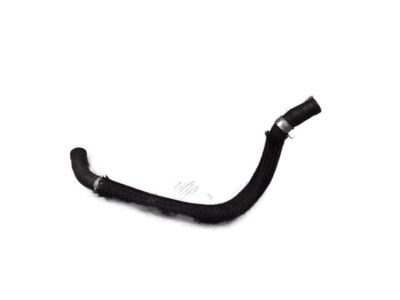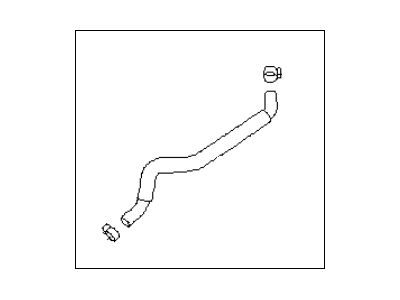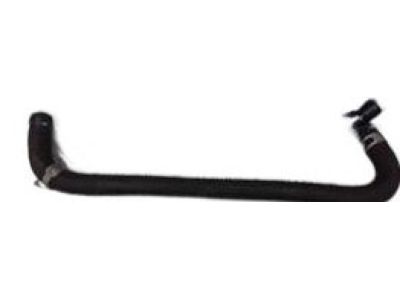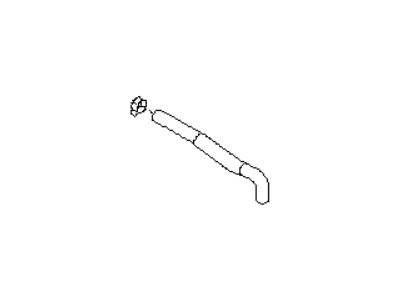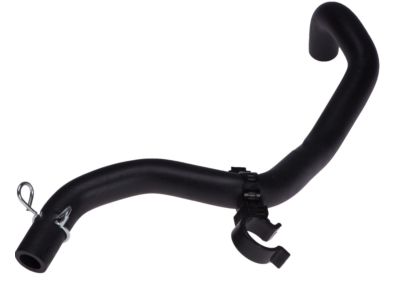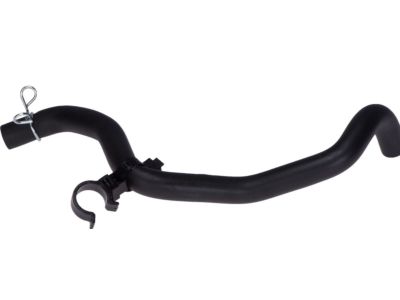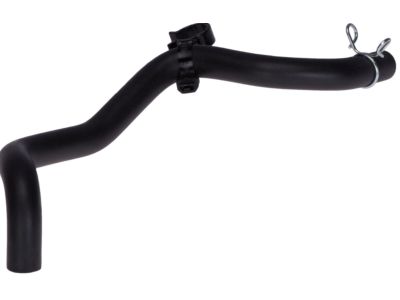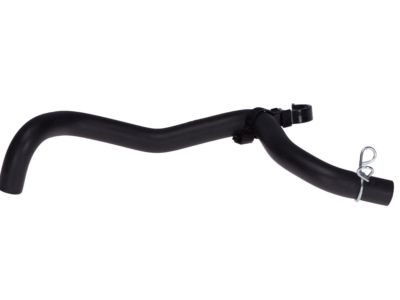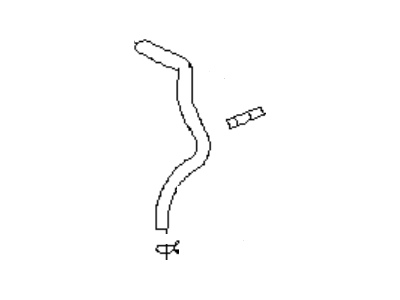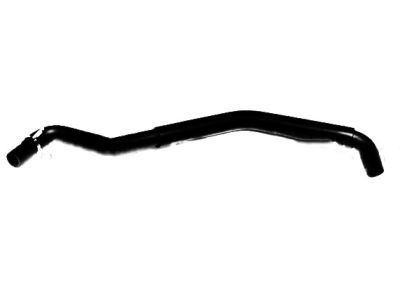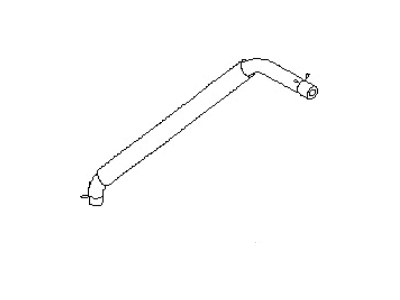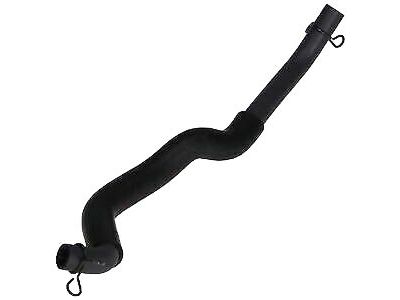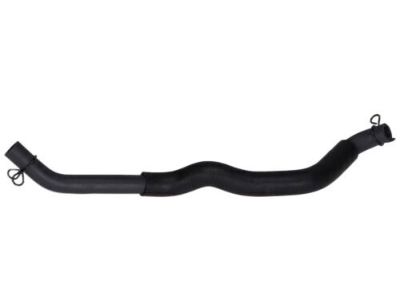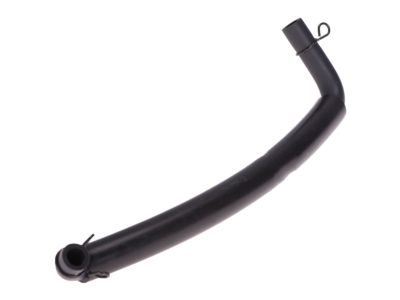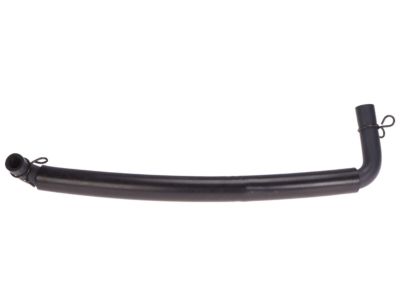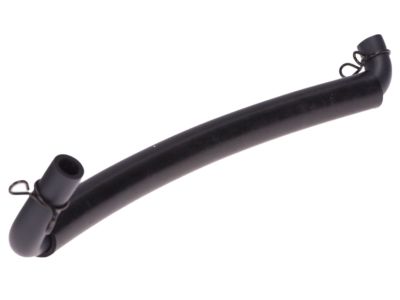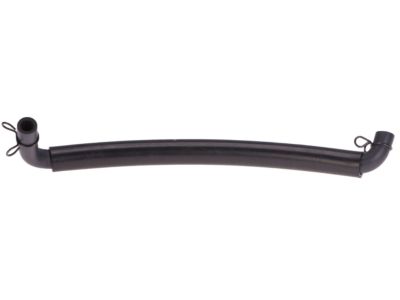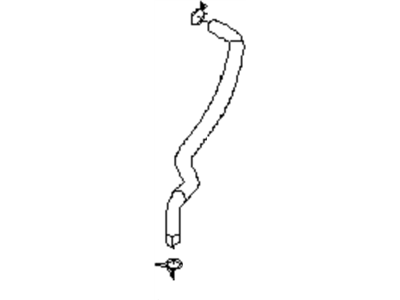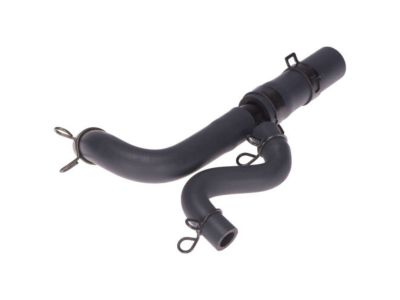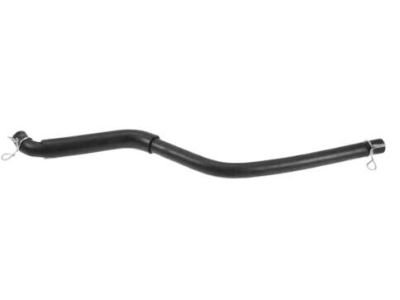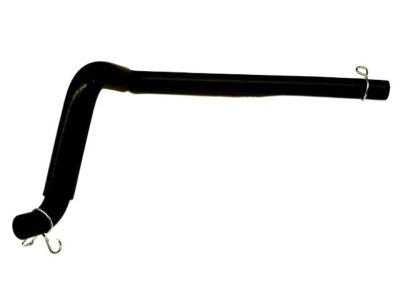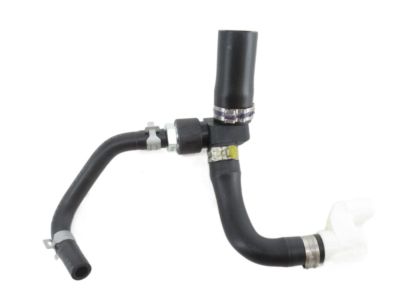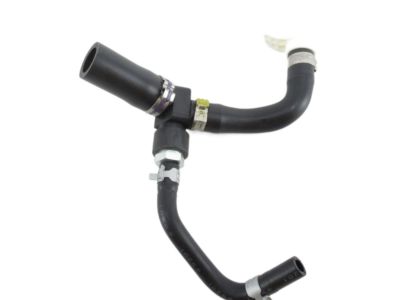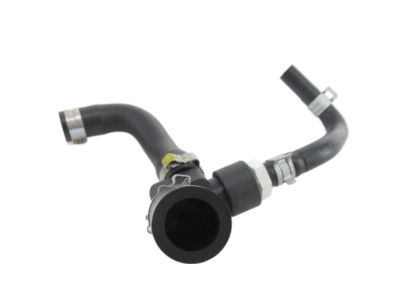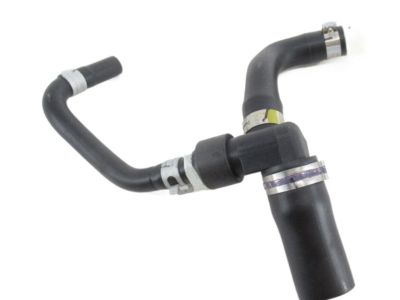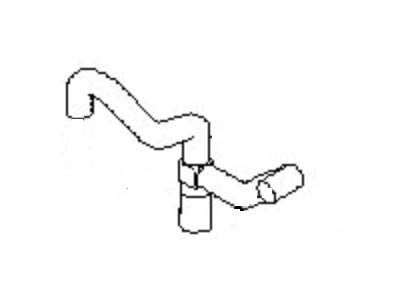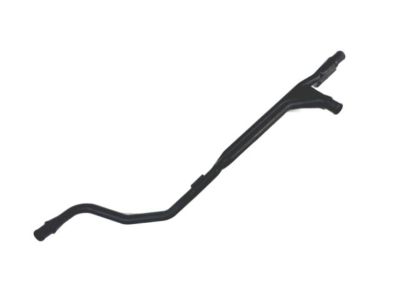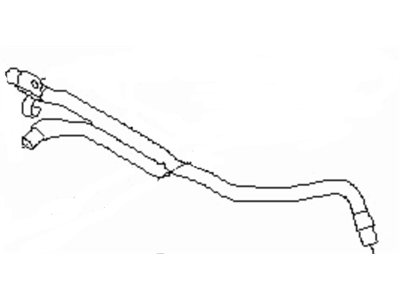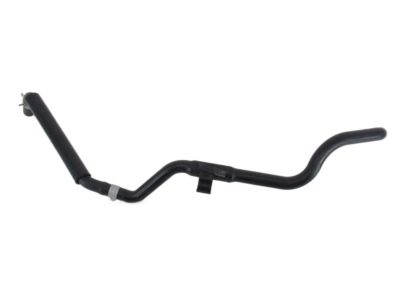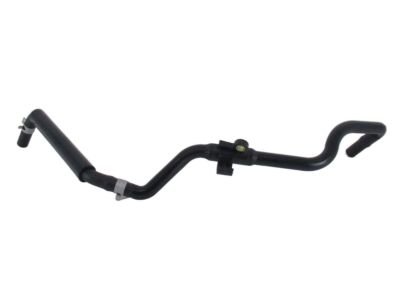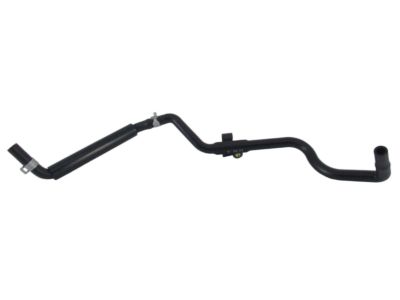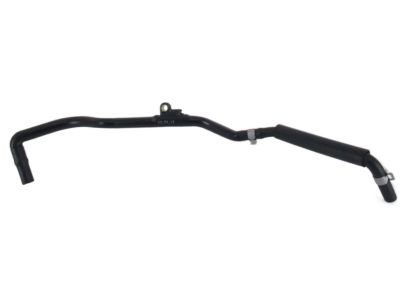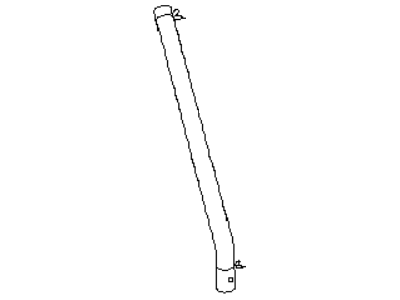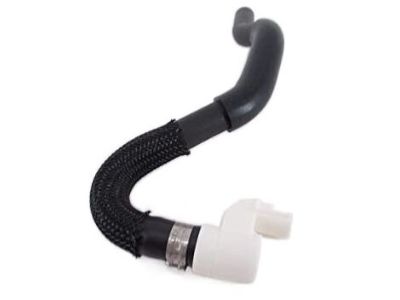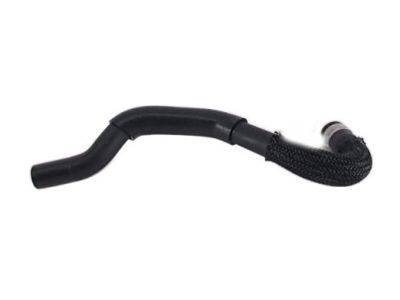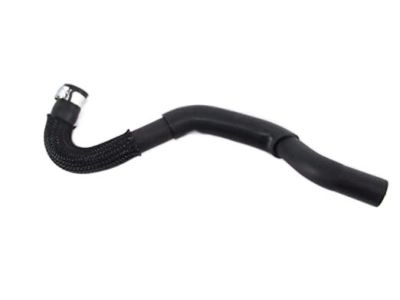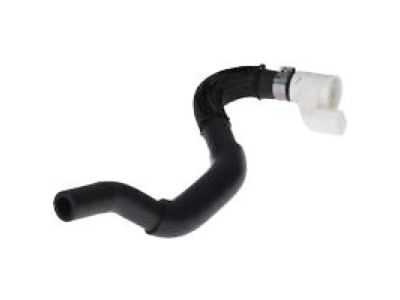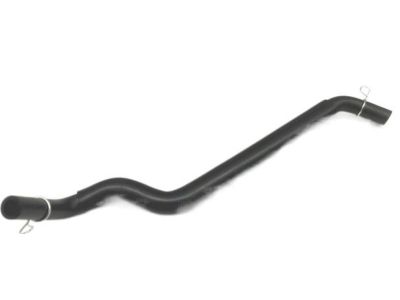×
- Hello
- Login or Register
- Quick Links
- Live Chat
- Track Order
- Parts Availability
- RMA
- Help Center
- Contact Us
- Shop for
- Subaru Parts
- Subaru Accessories


My Garage
My Account
Cart
Genuine Subaru Legacy PCV Hose
PCV Valve Hose- Select Vehicle by Model
- Select Vehicle by VIN
Select Vehicle by Model
orMake
Model
Year
Select Vehicle by VIN
For the most accurate results, select vehicle by your VIN (Vehicle Identification Number).
39 PCV Hoses found

Subaru Legacy PCV Hose Assembly
Part Number: 11815AB711$41.96 MSRP: $60.82You Save: $18.86 (32%)Ships in 1-3 Business Days
Subaru Legacy Pcv Hose Assembly
Part Number: 11815AB490$17.92 MSRP: $25.97You Save: $8.05 (31%)Ships in 1 Business Day
Subaru Legacy Pcv Hose Assembly
Part Number: 11815AB143$19.53 MSRP: $28.30You Save: $8.77 (31%)Ships in 1-3 Business Days
Subaru Legacy Pcv Hose Assembly
Part Number: 11815AC67A$30.64 MSRP: $44.40You Save: $13.76 (31%)Ships in 1-2 Business Days
Subaru Legacy Pcv Hose Assembly
Part Number: 11815AC44A$21.63 MSRP: $31.35You Save: $9.72 (31%)Ships in 1-2 Business Days
Subaru Legacy Pcv Hose Assembly
Part Number: 11815AB502$37.93 MSRP: $54.97You Save: $17.04 (31%)Ships in 1-2 Business Days
Subaru Legacy Pcv Hose Assembly
Part Number: 11815AB581$24.58 MSRP: $35.62You Save: $11.04 (31%)Ships in 1-3 Business Days
Subaru Legacy Pcv Hose Assembly
Part Number: 11815AB20A$48.75 MSRP: $70.65You Save: $21.90 (31%)Ships in 1-3 Business Days
Subaru Legacy Pcv Hose Assembly
Part Number: 11815AA96A$46.53 MSRP: $67.43You Save: $20.90 (31%)Ships in 1-3 Business Days
Subaru Legacy Pcv Hose Assembly
Part Number: 11815AB11B$48.16 MSRP: $69.80You Save: $21.64 (31%)Ships in 1-3 Business Days
Subaru Legacy Pcv Hose Assembly
Part Number: 11815AB64A$21.63 MSRP: $31.35You Save: $9.72 (31%)Ships in 1-3 Business Days
Subaru Legacy Pcv Hose Assembly
Part Number: 11815AB65A$21.63 MSRP: $31.35You Save: $9.72 (31%)Ships in 1-3 Business Days
Subaru Legacy Pcv Hose Assembly
Part Number: 11815AB790$40.85 MSRP: $59.20You Save: $18.35 (31%)Ships in 1-3 Business Days
Subaru Legacy Pcv Pipe
Part Number: 11852AA090$32.79 MSRP: $47.52You Save: $14.73 (31%)Ships in 1-2 Business Days
Subaru Legacy Pcv Hose Assembly
Part Number: 11815AB083$43.33 MSRP: $62.80You Save: $19.47 (31%)Ships in 1-3 Business Days
Subaru Legacy Pcv Hose Assembly
Part Number: 11815AC270$46.64 MSRP: $67.60You Save: $20.96 (32%)Ships in 1-2 Business Days
Subaru Legacy Pcv Hose Assembly
Part Number: 11815AC300$53.34 MSRP: $77.30You Save: $23.96 (31%)Ships in 1-3 Business DaysSubaru Legacy Pcv Hose Assembly
Part Number: 11815AC460$20.70 MSRP: $30.00You Save: $9.30 (31%)Ships in 1-3 Business DaysSubaru Legacy Pcv Hose Assembly
Part Number: 11815AC450$20.70 MSRP: $30.00You Save: $9.30 (31%)Ships in 1-3 Business Days
| Page 1 of 2 |Next >
1-20 of 39 Results
Subaru Legacy PCV Hose
Our website stands as the go-to online destination for OEM Subaru Legacy PCV Hose. With complete lines of genuine Subaru Legacy PCV Hose available at unbeatable market prices, we ensure top quality, reliability, and durability. Each part comes backed by the manufacturer's warranty, reinforcing your trust in our offerings.
Subaru Legacy PCV Hose Parts Questions & Experts Answers
- Q: What is the purpose of the Positive Crankcase Ventilation (PCV) system,PCV Hose and PCV Valve and how to replace on Subaru Legacy?A:The Positive Crankcase Ventilation (PCV) system reduces hydrocarbon emissions by directing blow-by gases and crankcase vapors into the intake manifold, where they are mixed with intake air before entering the combustion chambers where they mix with the air/fuel mixture that gets used during combustion. It does so by taking fresh air from the housing of an air filter and then routing it through a group of tubes into the crankcase where it mixes up with blow-by gases before being extracted out of this area through PCV valve via intake vacuum, which finally directs them into the intake manifold. The throttle body is connected to PCV valve and there is a ventilation hose, leading from it to a vented chamber inside the engine, such that when you lift off or close your throttle valves, vacuum created in your intake manifold pulls fresh air through both these hoses into your engine. However, at full throttle opening, there is usually not enough vacuum generated within your engine's intake manifold to be able to suck any additional atmospheric pressure inside its crankcase neither can it draw out any leftover blowby gases or even vapors from this crankcase. Instead, other conduits allow more than sufficient amounts of these two substances to escape from the engine block while ending up in either its induction pathway like cold-air pipe or even in an open-element type of air cleaner that could be contained within one's vehicle's hood; whereby all this happens simultaneously as we have mentioned earlier. It is important for one to regularly check their PCV system for clogs or damage because if this passage gets obstructed then leaking seals start happening among other things. There are easy ways of checking fresh air inlet tubes for cracks and wear; replace any malfunctioning ones found here after disconnection. A second component making up part of an emission control system fitted onto most vehicles' engines is known as your "crankcase ventilation" hose meaning that this would also need inspection as well. PCV valve, which is on a crankcase's right rear corner, can be unscrewed and substituted as necessary. One must always maintain their car's PCV system regularly so that it functions optimally as well as emits less amounts of harmful substances into the atmosphere; this guarantees effective performance since all wastes produced tend to minimize when dealt with immediately.
Related Subaru Legacy Parts
Browse by Year
2021 PCV Hose 2020 PCV Hose 2019 PCV Hose 2018 PCV Hose 2017 PCV Hose 2016 PCV Hose 2015 PCV Hose 2014 PCV Hose 2013 PCV Hose 2012 PCV Hose 2011 PCV Hose 2010 PCV Hose 2009 PCV Hose 2008 PCV Hose 2007 PCV Hose 2006 PCV Hose 2005 PCV Hose 2004 PCV Hose 2003 PCV Hose 2002 PCV Hose 2001 PCV Hose 2000 PCV Hose
